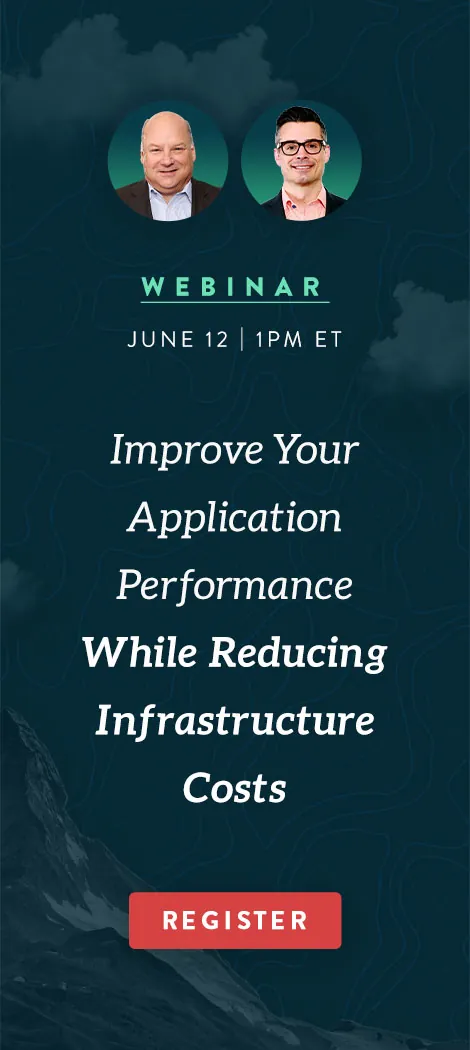Why a Cloud Exit is a Step in the Wrong Direction
You followed the trend and moved to the cloud. The promise was it would lower costs, increase scalability, improve disaster recovery, and allow you to focus on core business activities. Only to find, once there, that you did not get the return you expected. In fact, it may be costing you more than it did before you started.
Many companies are finding themselves in the same situation. A new trend is emerging: repatriation – moving from the cloud back to captive infrastructure. But the reasons that caused you to go to the cloud in the first place haven’t gone away.
Is going backward really the answer?
Where Cloud Spend Goes Wrong
Probably not. At least, not entirely. First let’s look at where your cloud spend is going wrong: Raw Infrastructure, Application Architecture and Engineering Practices.
Raw Infrastructure consists of elements such as compute, network, storage and security. Where this can go wrong is when you are consuming resources you aren’t using, and not taking advantage of the more cost-effective solutions your cloud partner provides.
Why is this? Generally, it is because when you moved to the cloud, you moved infrastructure designs and applications that were not built for that purpose. Your Application Architecture prevents you from using on-demand resources and taking advantage of new and innovative capabilities.
Subpar Application Architectures are the result of poor Engineering Practices. This results in monoliths with poor quality that are fragile and expensive operate, enhance, and maintain.
If you consider it, you will realize that these were problems before you moved to the cloud. They will remain problems if you decide to move back.
Cloud Financial Optimization
We believe that there is a path to realizing the benefits you expected when you began your cloud journey. The biggest factor is to break the problem into manageable chunks, each with its own business case and positive economics. We do this by developing an understanding of your business’ capabilities and the domains your applications and infrastructure are intended to serve. Then we can identify savings in each of the key areas:
- Optimize Raw Infrastructure – transition to cost effective cloud services.
- Modernize Applications – allow them to take advantage of what the cloud has to offer.
- Mature Engineering Practices – enable your teams to work effectively.
We call this Cloud Financial Optimization. In a short period of time, we can identify and execute quick wins. The savings from the quick wins can then be applied to fund the overall roadmap of savings. Each domain can have a different vector of optimization. It could very well be true that some domains would benefit from repatriation after they have been modernized. But it is more likely that, properly addressed, they would benefit from being in the cloud.
Is moving backward the answer? A better approach is to look at the fundamental reasons why you are not achieving the many benefits of being in the cloud and stepping your way there.



